detail profile falk struckmann
Peran Yang Di Mainkan Falk Struckmann
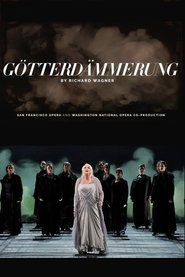 As the end nears for the...
As the end nears for the...Götterdämmerung - San Francisco Opera 2018
As the end nears for the gods, and human ambition rules the world, Alberich’s son Hagen hatches a plot to take control of the ring, threatening the union of Siegfried and Brünnhilde. Fueled by greed, Hagen’s actions lead to chaos and destruction, until Brünnhilde steps forward to return the world to its natural order.
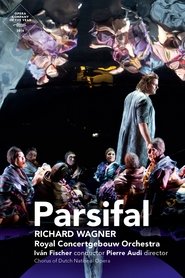 Ivn Fischer makes his DNO debut...
Ivn Fischer makes his DNO debut...Parsifal: Dutch National Opera (Fischer) 2017
Iván Fischer makes his DNO debut. He conducts the Royal Concertgebouw Orchestra. Pierre Audi, artistic director of DNO and the Holland Festival, directs his first new DNO production since Saint François d'Assise (2008). For Parsifal Audi once again joins forces with the British sculptor Anish Kapoor (décor). Alejandro Marco-Buhrmester previously sang the role of Amfortas at the Opéra National de Paris and the Bayreuther Festspiele. Kurt Rydl (Titurel/Klingsor) made previous DNO appearances as Hagen/Hunding in Der Ring des Nibelungen and as Heinrich in Lohengrin. Kurt Rydl has been an honorary member of the Wiener Staatsoper since 1999. Falk Struckmann has frequently sung the role of Amfortas, but now makes his first DNO appearance in his role debut as Gurnemanz. The title role is sung by Christopher Ventris, who previously appeared at DNO as Steuermann in Der fliegende Holländer. Petra Lang (Kundry) previously sang Brangäne in Tristan und Isolde and Venus in Tannhäuser at DNO.
 Requiring 38 soloists chorus and large orchestra...
Requiring 38 soloists chorus and large orchestra...Pfitzner: Palestrina 2009
Requiring 38 soloists, chorus, and large orchestra, Hans Pfitzner's "Palestrina" is a challenging opera to stage. In Munich, the city in which it was premiered in 1917, director Christian Stückle, conductor Simone Young, and the Bavarian State Opera met those challenges with stunning success.
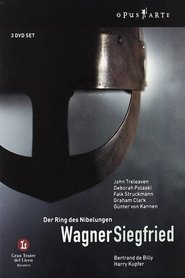 In the third work of Wagners...
In the third work of Wagners...Wagner - Siegfried 2006
In the third work of Wagner's epic cycle, Der Ring des Nibelungen, Siegmund's shattered sword is forged once again and kills the dragon that guards the ring. When Siegfried seizes the ring, he also receives its curse as he continues his fiery adventure of discovery and love. Filmed at Barcelona's Gran Teatre del Liceu in 2004, Harry Kupfer's stunning production, first staged in Berlin, numbers among the greatest productions of modern times and is recorded in sumptuous surround sound.
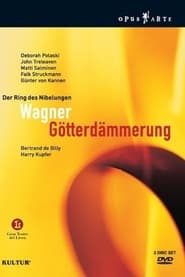 Musically Gtterdmmerung like its predecessors in...
Musically Gtterdmmerung like its predecessors in...Wagner - Götterdämmerung 2005
Musically, Götterdämmerung, like its predecessors in this Barcelona production, has strengths and flaws. Fortunately, Kupfer's interpretation places Brünnhilde and Hagen at its center and the singers are well up to the task. Deborah Polaski's final scene, so critical to any performance of the cycle, is excellent, the voice warm, the emotions palpable. Her moving performance here is ample compensation for the touch of vocal hardness she displays in the opening scenes. As Hagen, the veteran bass Matti Salminen offers a great portrayal: firm of voice, creating a complex character, not a stage villain. Also notable are soprano Elisabete Matos, who makes Gutrune a sympathetic character, and Julia Juon, whose Waltraute is more involving than usual.
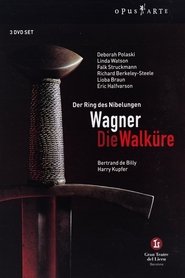 Where Das Rheingold introduces us to...
Where Das Rheingold introduces us to...Wagner - Die Walkure 2005
Where Das Rheingold introduces us to the gods, underworld denizens, and giants who inhabit the world of Wagner's Ring cycle, the second of the four operas, Die Walküre, focuses on the interaction of men and gods. The turbulent orchestra brings Siegmund, Wotan's earthly son, into the home of his vicious enemy, Hunding, whose wife Sieglinde turns out to be Siegmund's newfound lover and twin sister. The gods meddle in their showdown battle, with Wotan bowing to his wife Fricka's demand that he uphold the sanctity of marriage by allowing Hunding to win. Wotan's favorite daughter, Brunnhilde, sides with Siegmund, earning Wotan's unbridled anger. She manages to shelter the now-pregnant Sieglinde, though, before being banished forever from Valhalla to a mountaintop ringed by fire. Like its predecessor, producer Harry Kupfer's Barcelona production of Die Walküre is spare and symbolic.
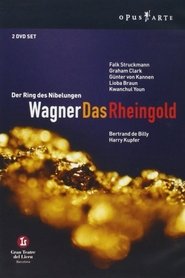 The prologue to Wagners giant masterpiece...
The prologue to Wagners giant masterpiece...Wagner - Das Rheingold 2005
The prologue to Wagner's giant masterpiece Der Ring des Nibelungen unfolds the beginning of an epic journey when Alberich seizes the ring of gold, its awesome power unleashing an unstoppable story of deceit, destruction, death and transfiguring love. Filmed at Barcelona's Gran Teatre del Liceu in 2004, Harry Kupfer's stunning production first staged in Berlin, and recorded in sumptuous surround sound, numbers among the greatest productions of modern times.
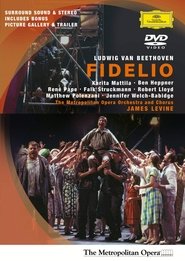 Two years prior to the opening...
Two years prior to the opening...Ludwig van Beethoven: Fidelio 2003
Two years prior to the opening scene, the nobleman Florestan has exposed or attempted to expose certain crimes of the nobleman Pizarro. In revenge, Pizarro has secretly imprisoned Florestan in the prison over which Pizarro is governor. The jailer of the prison, Rocco, has a daughter, Marzelline, and a servant (or assistant), Jaquino. Florestan’s wife, Leonore, came to Rocco’s door dressed as a boy seeking employment, and Rocco hired her. On orders, Rocco has been giving Florestan diminishing rations until he is nearly starved to death. Place: A Spanish state prison, a few miles from Seville; Time: Late 18th century.
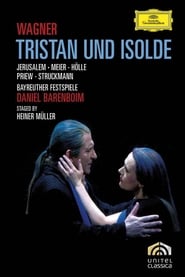 The Bayreuth Festival Opera House mounted...
The Bayreuth Festival Opera House mounted...Tristan und Isolde 1995
The Bayreuth Festival Opera House mounted this production of Richard Wagner's 1865 opera Tristan und Isolde as part of the Bayreuther Festspiele. Staged by Heiner Müller, it stars Siegfried Jerusalem, Waltraud Meier, Poul Elming and Uta Priew, and features musical accompaniment by The Orchestra and Chorus of the Bayreuther Festspiele.

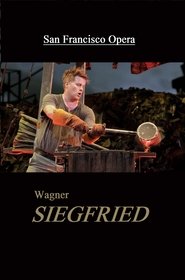 A fearless young hero battles otherworldly...
A fearless young hero battles otherworldly...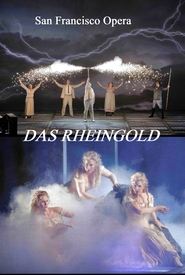 Get ready for Das Rheingold the...
Get ready for Das Rheingold the...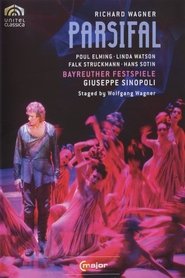 Parsifal from the 1998 Bayreuth Festival
Parsifal from the 1998 Bayreuth Festival